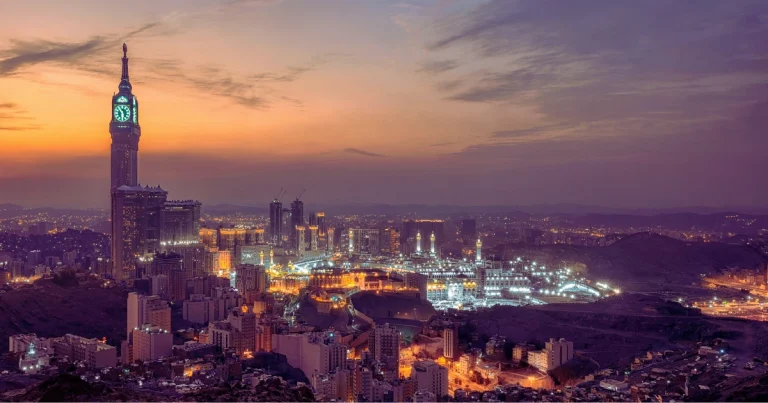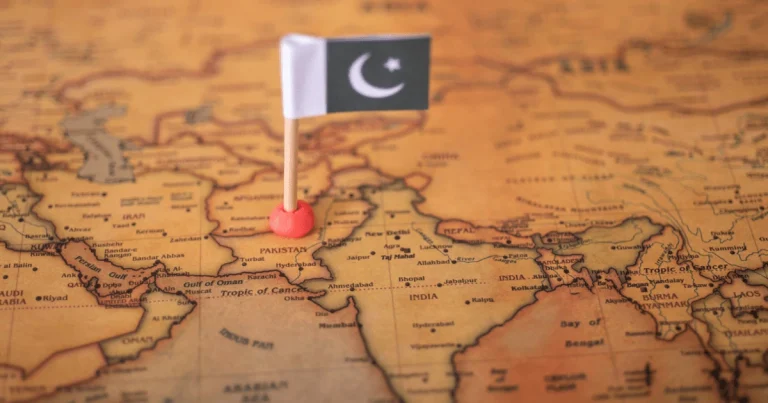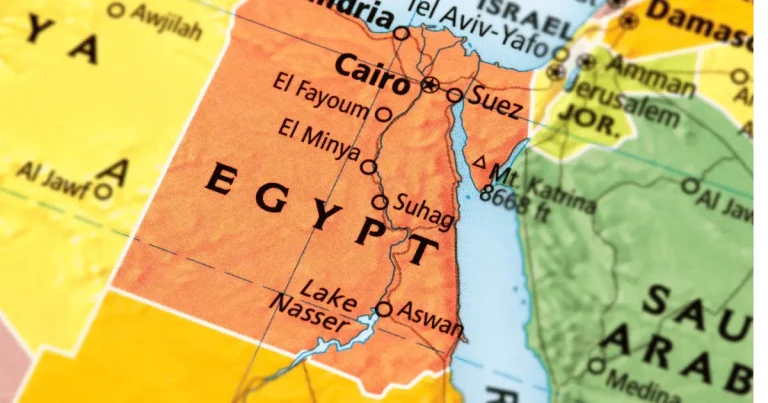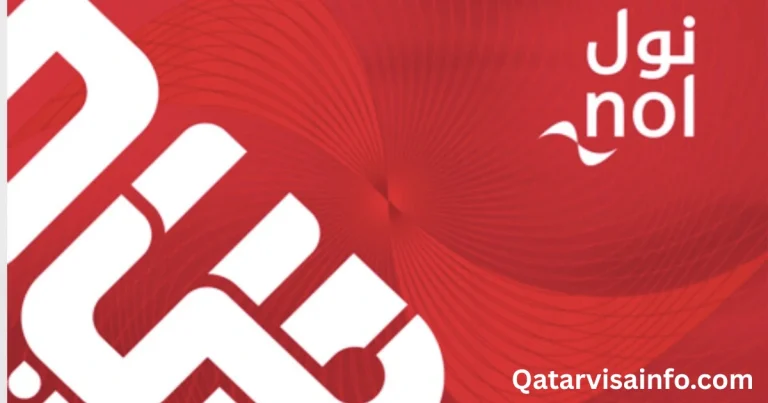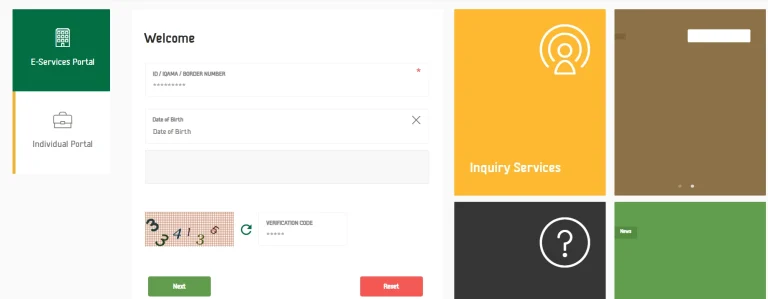As the sun rises over Jordan’s jagged mountains and ancient desert valleys, a peaceful silence settles in. From the Roman remains of Jerash to the rose-colored city of Petra, houses begin to awaken with the warmth of family gatherings, the perfume of spiced lamb, and the faint echoes of takbeer flowing from minarets.This is Eid al-Adha in Jordan—a celebration not only of faith, but of heritage, hospitality, and heartfelt unity.
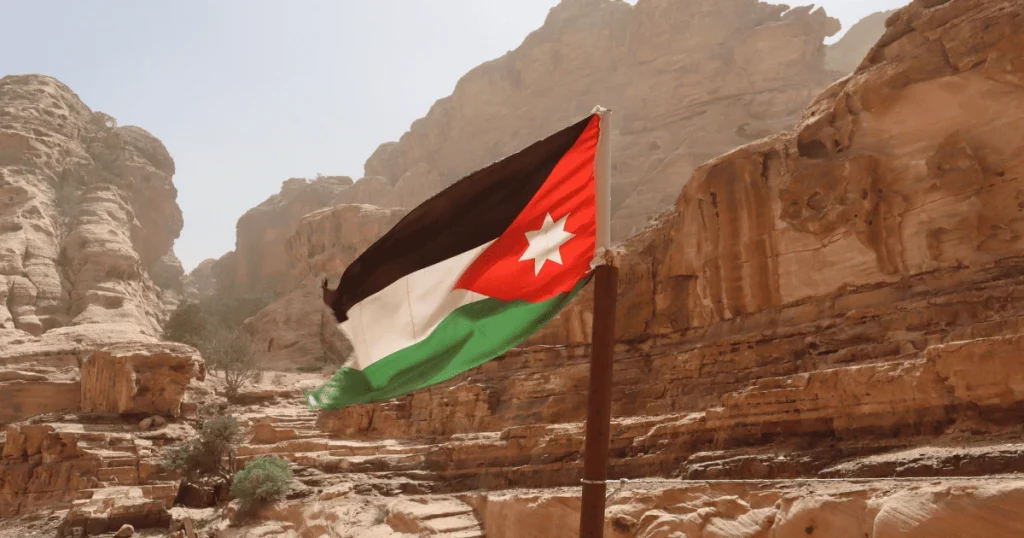
Deeply rooted in Islamic tradition and Jordanian culture, Eid al-Adha brings the nation together in a unique harmony of devotion and generosity. It’s a time when Bedouin values of sacrifice and sharing come to life, when city streets fill with joyful embraces, and when the spirit of giving extends from neighbor to stranger. Whether observed in bustling Amman or in the quiet calm of Wadi Rum, this sacred occasion reflects the soul of Jordan: resilient, warm, and deeply connected to its faith and people.
When Is Eid al-Adha in Jordan?
Eid al-Adha in Jordan is expected to begin on Friday, June 6, 2025, on the 10th day of Dhu al-Hijjah in the Islamic lunar calendar.This date is based on astronomical calculations and is subject to confirmation following the official moon sighting.
The Jordanian government typically announces the exact dates of Eid al-Adha after the moon sighting is confirmed.
As the date approaches, it’s advisable to stay updated through official channels for the confirmed dates and any related announcements.
Public Holidays and Official Announcements for Eid al-Adha 2025 in Jordan
In 2025, Eid al-Adha in Jordan is officially observed from Thursday, June 5 to Monday, June 9, encompassing a five-day public holiday period. This includes the Day of Arafah and the three days of Eid celebrations.
The Jordanian government usually certifies the precise dates of Eid al-Adha based on the Islamic lunar calendar and the sighting of the moon.Official announcements are made through government channels and are widely disseminated via national media outlets.
During this period, all public institutions, including government offices, banks, and most private sector businesses, close to allow citizens to partake in the religious and cultural festivities. Essential services, such as hospitals and security agencies, continue to operate to ensure public safety and health.
Eid Prayer Time in Jordan
The Eid al-Adha prayer (Ṣalāt al-ʿĪd) in Jordan is traditionally performed shortly after sunrise, usually between 6:00 AM and 7:30 AM, depending on the city and the time of year.
- In major cities like Amman, Zarqa, and Irbid, local mosques and official religious authorities announce the exact prayer time a day or two before Eid.
- The prayer generally begins when the sun is approximately 10 to 15 minutes above the horizon, once the first light of dawn has fully brightened the sky.
To fully engage in the Eid sermon and communal celebration, believers should gather early to the musallāt (open prayer grounds) or mosques.
Religious Practices in Jordan
Eid al-Adha in Jordan is more than just a celebration; it is a spiritual journey based on faith, community, and tradition.From the lively neighborhoods of Amman to the quiet valleys of Al-Karak and Ajloun, the religious customs of Eid are observed with heartfelt devotion and a strong sense of Jordanian identity.
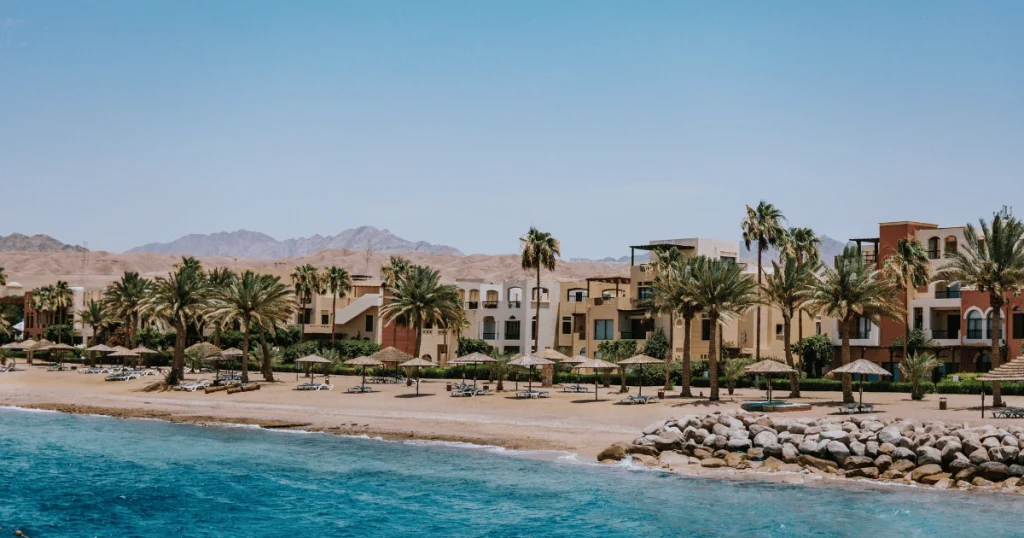
1. Ṣalāt al-ʿĪd (صلاة العيد) – Eid Prayer
Eid starts with Ṣalāt al-ʿĪd, which takes place just after daybreak in open prayer areas or huge mosques like Masjid al-Hussein bin Talal.Families wear their finest thiyāb jadīda (new clothes) and head out together. After prayer, Jordanians warmly greet each other with “Kul ‘ām wa antum bikhayr” (كل عام وأنتم بخير) and “Eid Mubārak” (عيد مبارك).
2. Takbīrāt al-ʿĪd (تكبيرات العيد) – Eid Praises
From the night before Eid, Jordanians joyfully recite the Takbīrāt al-ʿĪd:
Allāhu Akbar, Allāhu Akbar, Lā ilāha illa Allāh, Allāhu Akbar, wa Lillāhil ḥamd.
You’ll hear this chant echoing in ḥārāt (neighborhoods), homes, and mosques, creating a spiritual atmosphere that connects every corner of the kingdom.
3. al-Uḍḥiyyah (الأضحية) – The Sacrifice
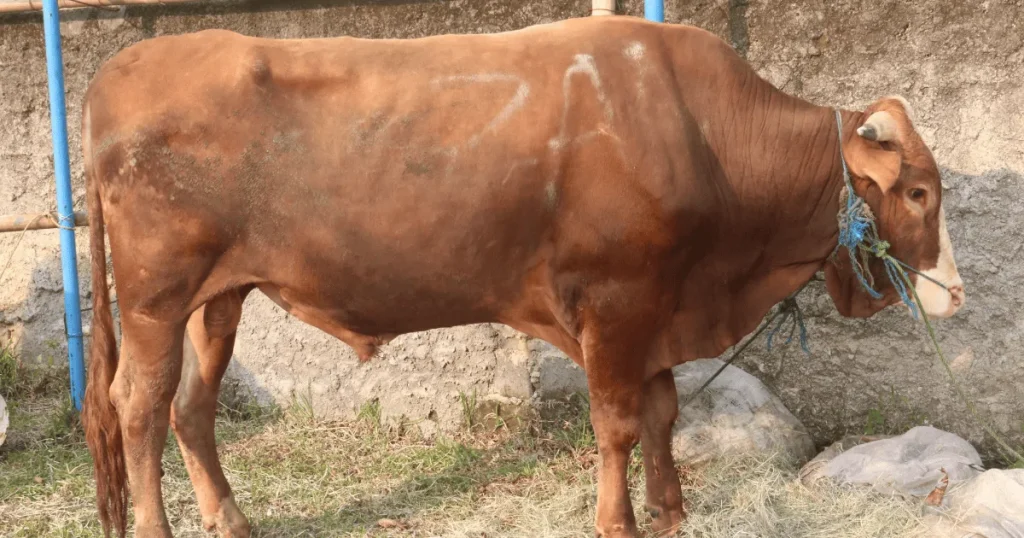
At the heart of Eid is the al-Uḍḥiyyah, the ritual sacrifice of an animal in honor of Prophet Ibrahim’s obedience. In Jordan, families often go to licensed masālik rasmiyya (official slaughterhouses) or use local services to ensure the dhabaḥ (slaughter) is done according to Islamic principles and public health standards.
The meat is then divided into thalāth aqsām (three parts): one for the family, one for relatives and friends, and one for the fuqarāʾ (needy).
4. Sadaqah (صدقة) – Charity and Sharing
Charity is a core value during Eid. Many Jordanians give additional sadaqāt to support ʿāʾilāt muḥtāja (needy families), yatāmā (orphans), and lājiʾīn (refugees), especially from Palestine and Syria. Local organizations often facilitate taqwīm qurbānī (Qurbani distribution) to reach those in remote areas.
5. Ziyārat al-Maqābir (زيارة المقابر) – Visiting Graves
On the morning of Eid or just after prayer, many families visit al-maqābir (cemeteries) to recite Fātiḥah and pray for deceased loved ones. This quiet tradition reflects the deep respect Jordanians hold for their ancestors and the spiritual connection they maintain across generations.
Cultural Traditions and how eid al-adha is celebrated
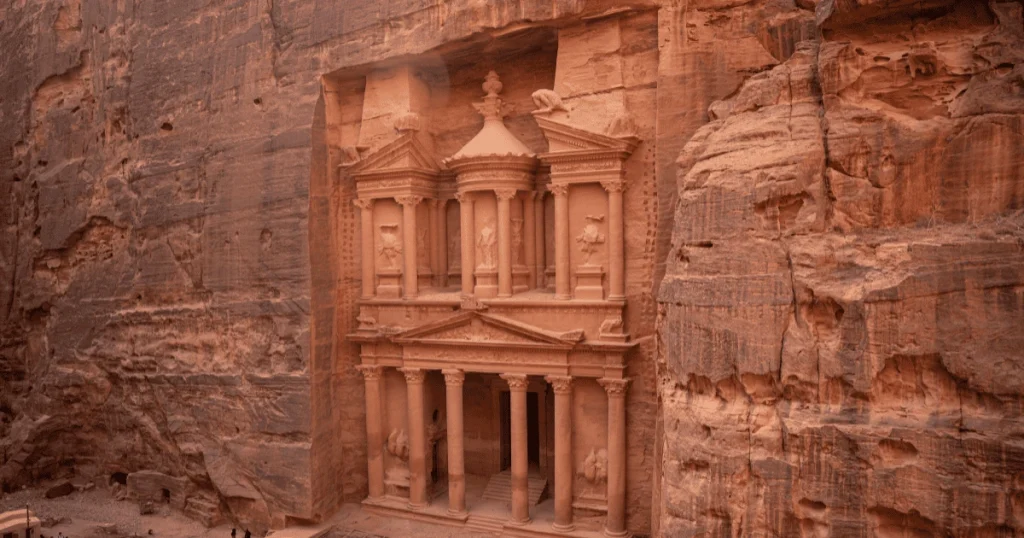
While rooted in Islamic faith, Eid al-Adha in Jordan is also a vibrant cultural celebration that brings people together across cities, towns, and bādiyah (desert communities). Jordanian customs during Eid beautifully blend religion with hospitality, heritage, and strong family ties.
1. Al-‘Ayadi (العَيادي) – Giving Eidiyah
A beloved tradition among children is receiving al-‘Ayadi, or ‘Eidiyyah—money or small gifts given by parents, older siblings, or relatives. Kids in thiyāb jadīda (new clothes) often visit extended family, where they’re joyfully handed crisp bills or sweets. In many homes, this gesture is part of teaching generosity and familial love.
2. Family Visits and Open Homes
Hospitality is a cornerstone of Jordanian culture, especially during Eid. It’s common for families to embark on rounds of ziyārāt (visits) to greet parents, in-laws, neighbors, and even distant relatives. Homes are kept open throughout the day with an abundance of ‘ahweh ‘Arabīyeh (Arabic coffee), ‘asabī al-‘īd (Eid juice), ma‘moul (stuffed date cookies), and warm conversation.
3. Ma’idat al-‘Īd (مائدة العيد) – The Eid Feast
The first meal after the sacrifice is a special one. Families come together for ma’idat al-‘īd, a festive table filled with traditional dishes. In many homes, you’ll find:
- Mansaf (Jordan’s national dish made with lamb, jameed yogurt, and rice)
- Kibbeh, mahshi, or galayet bandora
- Fatayer and other pastries prepared days in advance
This communal meal celebrates both abundance and togetherness.
4. Community Engagement and Giving
In rural villages and urban neighborhoods alike, Jordanians often participate in community qurbani distribution and volunteer initiatives. Some families arrange group sacrifices or donate meat to zawiyāt al-khayr (charitable corners) organized by mosques or youth groups. The goal is to ensure kul wāḥid yifraḥ (everyone rejoices), regardless of financial status.
5. Folklore, Dress, and Decorations
Though Eid al-Adha is more solemn than Eid al-Fitr, it still carries a festive spirit. Some families decorate homes with lights or zīnāt (banners), and older women might don thawb turaṯī (embroidered traditional dresses) for family visits. In rural areas and Bedouin communities, dabka dancing, poetry, and music often bring extra joy to the evening gatherings.
Famous Mosques to Perform Eid al-Adha Prayer in Jordan
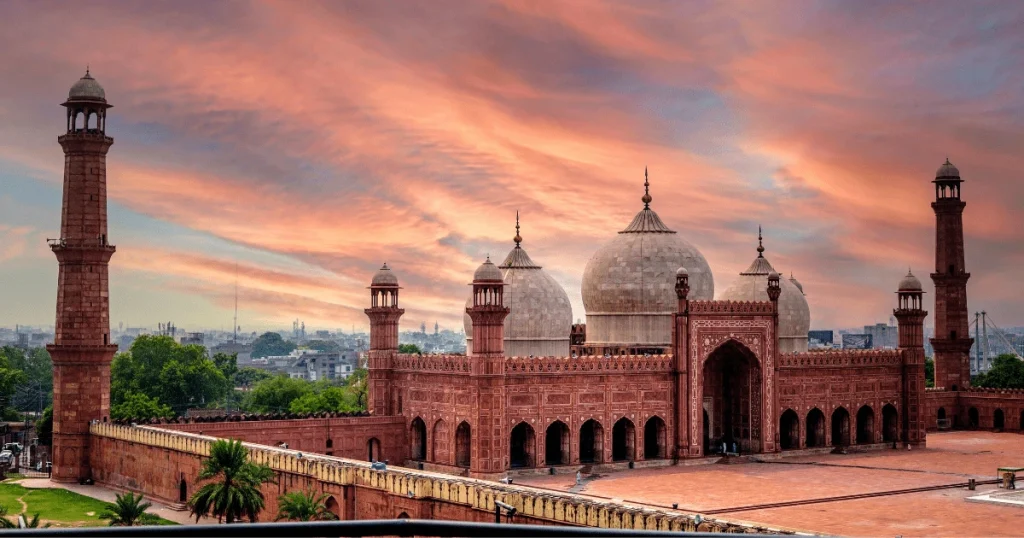
Eid prayers in Jordan are held in mosques of all sizes, but some iconic mosques attract thousands of worshippers each year for the special congregational Ṣalāt al-ʿĪd. Here are a few well-known ones across the country:
1. King Abdullah I Mosque (Masjid Al-Malik Abdullah I) – Amman
A stunning blue-domed mosque in the capital, it is one of the largest and most visited mosques in Jordan. It offers a spacious prayer hall and expansive outdoor grounds perfect for large Eid congregations. The mosque is a popular gathering point for families and visitors alike.
2. King Hussein Mosque – Downtown Amman
Located in the heart of the city, this mosque is historic and centrally accessible, often packed with worshippers for Eid prayers. It’s known for its welcoming community and lively atmosphere during the Eid festivities.
3. Al-Husseini Mosque – Amman
One of the oldest mosques in Amman, with significant historical and religious importance. Many locals prefer to perform Eid prayers here, appreciating its spiritual ambiance and central location in Wast Al-Balad (Downtown).
4. Zarqa Grand Mosque – Zarqa
Serving the populous city of Zarqa, this mosque hosts large-scale Eid prayers and community events. Its expansive courtyard accommodates worshippers who come from Zarqa and nearby towns.
5. Al-Rashid Mosque – Irbid
Irbid’s largest mosque, it is a central hub for Eid prayers in northern Jordan. The mosque’s spacious outdoor area allows for overflow crowds, making it a focal point for regional celebrations.
6. King Hussein Bin Talal Mosque – Aqaba
Situated in Jordan’s southern port city, this mosque welcomes worshippers from Aqaba and surrounding areas. Its seaside location adds a unique touch to the Eid prayer experience.
Where to Celebrate Eid in Jordan
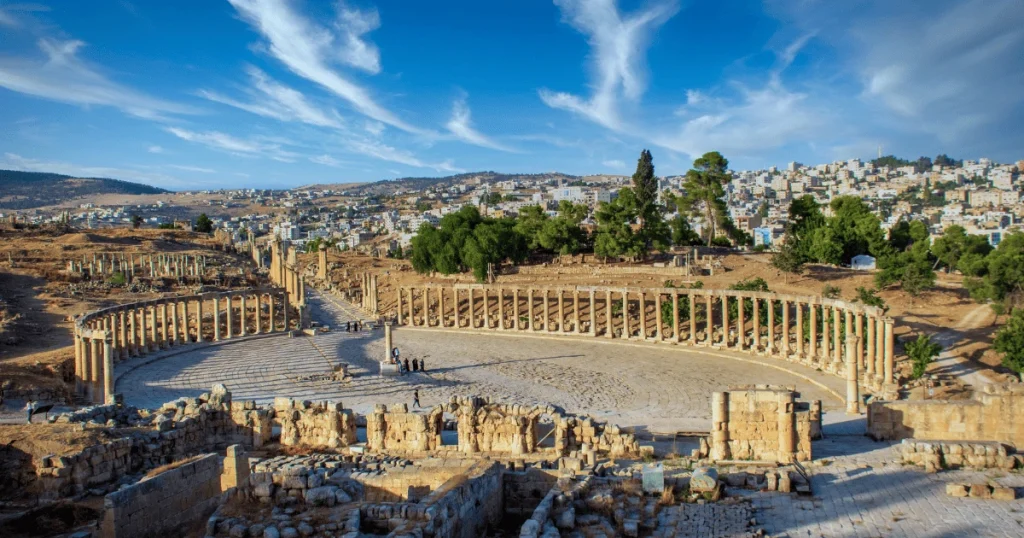
Jordan offers a diverse array of destinations to enjoy the spiritual and social essence of Eid al-Adha, whether you’re seeking serene prayer settings, family fun, or cultural depth. From the ancient streets of Madaba to the scenic hills of Ajloun, Eid celebrations in Jordan are rich with atmosphere and local flavor.
1. Amman – Urban Joy and Family Activities
The capital city, ‘Ammān, is a vibrant hub during Eid. After morning prayers at grand mosques like Masjid King Abdullah I, families flock to Amman Citadel or take relaxing strolls through Al-Hussein Public Park.
- Tlaa Al-Ali Mall, City Mall, and Abdali Boulevard light up with Eid-themed decorations and shopping offers.
- Family-friendly venues like Children’s Museum Jordan and Climbat Amman offer special Eid programs and discounts for kids.
2. Petra – A Cultural Celebration
For those looking to blend faith with heritage, Wadi Musa and Petra offer a serene and awe-inspiring Eid backdrop. Visitors often combine ṣalāt al-‘īd at local mosques with a cultural tour of the rose-red city.
Many hotels in the area provide Eid buffets and cultural evenings with local Bedouin music and zanbūrah (traditional drumming).
3. Aqaba – Eid by the Sea
If you’re dreaming of an Eid holiday with sun and sea, ‘Aqaba is ideal. The city’s mosques welcome locals and tourists alike for prayer, followed by a relaxing day at the Red Sea beaches or exploring marine life through snorkeling.
- Resorts often host Eid BBQs, water games, and firework shows in the evening.
4. Jerash and Ajloun – For a Traditional Feel
In the northern highlands, Jerash and Ajloun provide a more traditional Eid experience. After Eid prayer, families visit historical sites like Ajloun Castle or picnic in the forests.
Many locals prepare mansaf under the olive trees, accompanied by folklore songs and family gatherings—offering a truly Jordanian countryside Eid.
5. Desert Badia – Eid with Bedouin Spirit
For an authentic cultural experience, travelers may head to the Eastern Badia or southern deserts near Wadi Rum, where Bedouin communities celebrate Eid with deep-rooted customs.
Visitors can witness traditional camel processions, poetic recitations, and enjoy saj bread cooked over open fire—an unforgettable glimpse into Jordan’s nomadic heritage.
Eid Shopping and Local Markets in Jordan
As Eid al-Adha approaches, Jordanian cities and towns burst into life with the sights, sounds, and scents of Eid shopping. From bustling sūqs to modern malls, shopping becomes a communal ritual that blends tradition with celebration.
1. Traditional Souks – A Jordanian Bazaar Experience
Nothing captures the spirit of Eid like a visit to a traditional sūq. In Downtown Amman (Wast al-Balad), the alleys overflow with:
- Thiyāb al-‘īd (Eid clothes) for children and adults
- Handcrafted khushabāt (incense burners), misbahāt (prayer beads), and local perfumes
- Fresh dates, nuts, and festive sweets like ma‘moul and barazek
Bargaining is part of the fun, and vendors often share stories, jokes, and blessings as part of the vibrant market culture.
2. Eid Fashion – Clothes, Accessories, and Shoes
Eid is a time when Jordanians dress their best, and local clothing shops work overtime to meet the demand. In areas like:
- Sweifieh, Gardens Street, and Tla‘ Al-‘Ali, shoppers can find trendy abayas, embroidered thobes, and children’s festive outfits.
- Irbid’s Wasat al-Madina becomes a fashion hotspot in the north, known for budget-friendly finds and local tailoring services.
Don’t forget to pair the outfit with matching shantat (handbags), ḥiḏā’ (shoes), and iṭqiyat (accessories)!
3. Malls and Eid Offers
Modern malls like City Mall, Taj Mall, and Mecca Mall in Amman, as well as Ayla Oasis in Aqaba, go all out with Eid décor and promotional offers.
Expect:
- Discounts on clothing, electronics, and gifts
- Eid-themed play zones and entertainment for kids
- Eid gift stalls offering perfumes, watches, and gold jewelry
These locations also provide air-conditioned convenience and food courts for families to relax after shopping.
4. Sweets and Pastry Shops
No Eid celebration in Jordan is complete without sweet indulgence. In the days leading up to Eid, bakeries are packed with customers ordering:
- Ma‘moul bil-tamr (date-stuffed cookies)
- Ghraybeh, Knafeh, and Baklawa
- Popular bakeries like Habibah Sweets, Al-Khudari, and Zalatimo see long queues and buzzing excitement.
Families also make their own sweets at home, turning baking into a cherished pre-Eid tradition.
Jordan and Other Middle East Eid al-Adha Celebrations
While Jordan celebrates Eid al-Adha with deep-rooted customs and warm community gatherings, its neighboring countries across the Middle East also mark the festival with their own rich traditions.
In Jordan, the focus is on family reunions, morning prayers at iconic mosques like King Abdullah I Mosque, and generous acts of Uḍḥiyah (animal sacrifice). Traditional dishes like mansaf are enjoyed widely, and local markets bustle with pre-Eid shopping.
Meanwhile, in Saudi Arabia, the birthplace of the Hajj pilgrimage, Eid al-Adha is deeply spiritual. Millions of pilgrims perform Qurbani near Mecca, while locals attend large congregational prayers and enjoy dishes such as kabsa and mutabbaq.
In the UAE, Eid is marked by a mix of religious devotion and modern celebration. Lavish family meals, gift exchanges, and public fireworks are common. Government entities also host cultural events and distribute free meals in many communities.
Qatar and Bahrain also hold similar traditions—early morning prayers, sacrifice, family feasts, and charity. Public parks and souqs become vibrant spaces filled with holiday joy.
Despite cultural differences, a unifying spirit of faith, generosity, and community defines Eid al-Adha across the Middle East. From the Levant to the Gulf, it’s a time to reflect, share, and celebrate the values that bind the Muslim world.
Travel Tips for Visitors During Eid in Jordan
If you’re planning to experience Eid al-Adha in Jordan as a visitor, here are some practical tips to make your trip smooth and enjoyable:
- Plan Ahead: Eid is a major holiday, so book your flights, accommodations, and transport early. Popular cities like Amman and Aqaba fill up quickly.
- Respect Local Customs: Dress modestly, especially when visiting mosques and religious sites. Participate respectfully in prayer gatherings and community events.
- Eid Prayer Attendance: Arrive early at mosques to find a good spot. Many mosques have outdoor prayer areas for overflow crowds.
- Public Holidays: Expect many businesses, government offices, and some restaurants to close or operate on limited hours during Eid days.
- Try Local Cuisine: Don’t miss out on traditional Jordanian dishes served during Eid like mansaf, ma’moul, and arabic coffee.
- Shopping: Visit local markets early in the day to avoid crowds and get the best picks on clothes, sweets, and gifts.
- Transportation: Traffic can be heavy before and after prayer times; consider using taxis or ride-hailing apps to avoid parking hassles.
- Stay Hydrated and Dress Comfortably: Especially if you attend outdoor prayers or festivities.
Jordan weather prediction during eid al-adha 2025
During Eid al-Adha 2025, Jordan is expected to experience a mix of weather conditions characterized by generally warm and pleasant days, alongside relatively cool nights. There is a chance of light, scattered rainfall mainly in the western regions, which may bring some refreshing relief. Additionally, mountainous areas could see the possibility of light snowfall, reflecting the cooler temperatures at higher elevations. Temperatures are forecasted to gradually rise in the days leading up to Eid, contributing to warmer daytime conditions across much of the country.
This variability highlights Jordan’s diverse climate during early June, combining warmth in low-lying areas with cooler, moisture-influenced weather in the highlands.
🕌 Conclusion
Eid al-Adha in Jordan is much more than a religious observance — it is a time when faith, family, and tradition beautifully intertwine. From the sacred prayers in majestic mosques to the lively markets and heartfelt gatherings, Jordan’s unique blend of spiritual reverence and warm hospitality makes Eid a truly unforgettable experience. Whether you are a local or a visitor, embracing the customs and celebrations of Eid in Jordan offers a deep connection to the country’s rich culture and the spirit of togetherness that defines this special occasion.
FAQs
Is Eid al-Adha a major holiday?
Yes, Eid al-Adha is one of the two most significant Islamic holidays, marked by prayers, animal sacrifice, charity, and family gatherings.
How long is the Eid holiday in Jordan?
The Eid al-Adha holiday in Jordan typically lasts 4 to 5 days, with official dates announced by the government based on the moon sighting.
How is Eid celebrated in Jordan?
In Jordan, Eid is celebrated with morning prayers, animal sacrifice (Uḍḥiyah), family visits, traditional meals like mansaf, and charitable giving.
How do you say Eid Mubarak in Jordan?
In Jordan, people commonly say “Eid Mubarak” (عيد مبارك) or “Kul ‘am wa antum bikhair” (كل عام وأنتم بخير), meaning “May you be well every year.”


